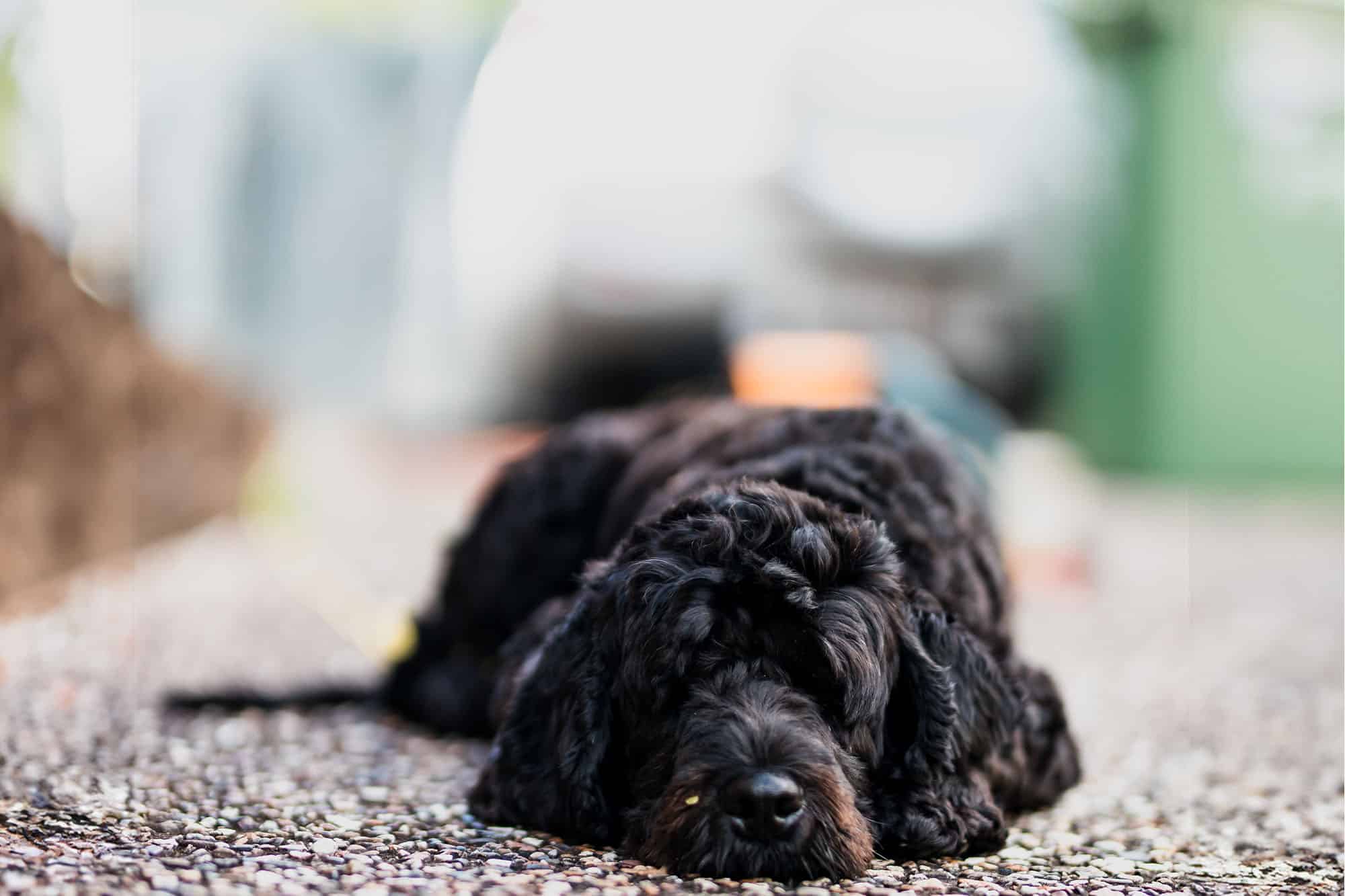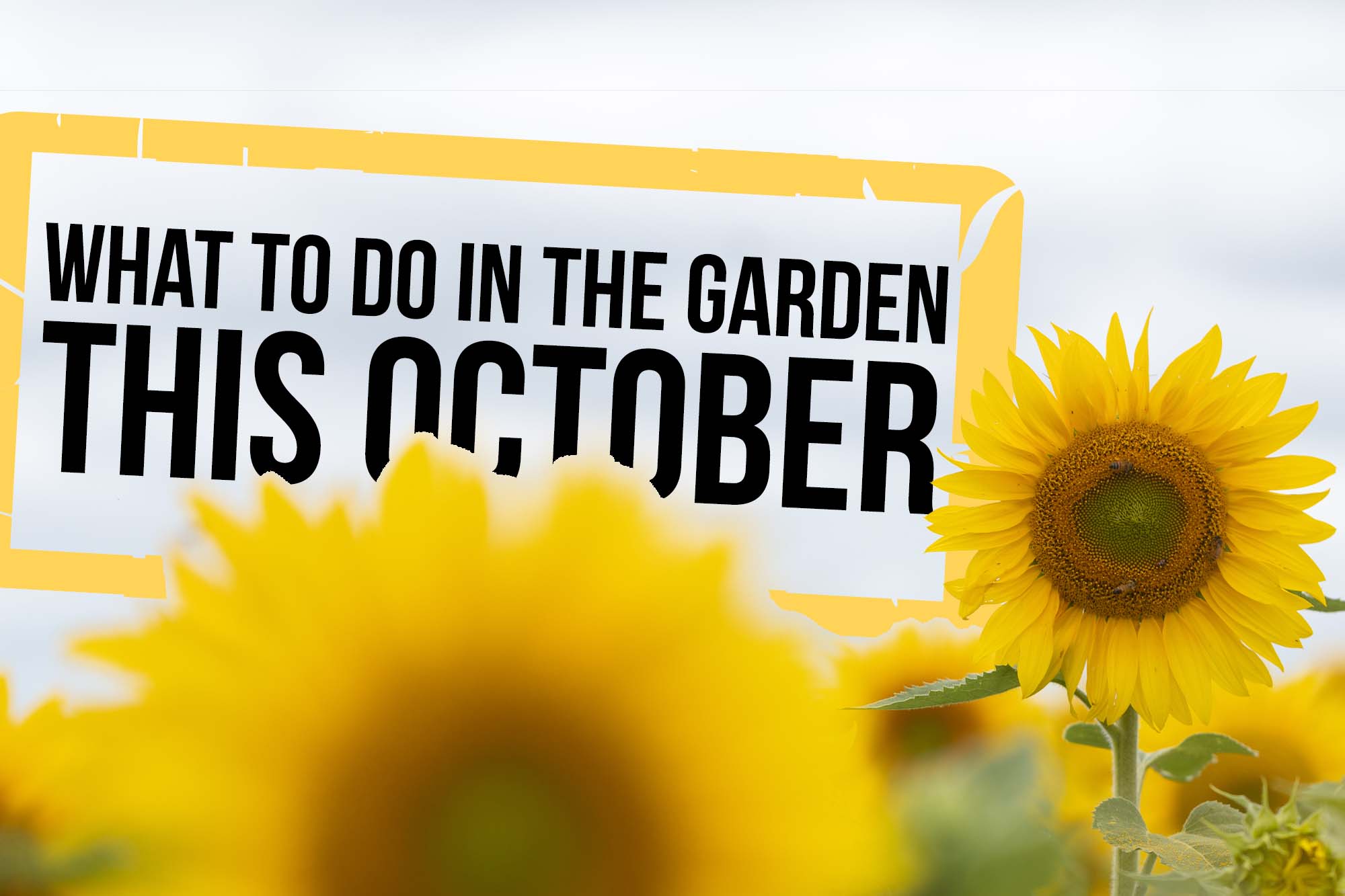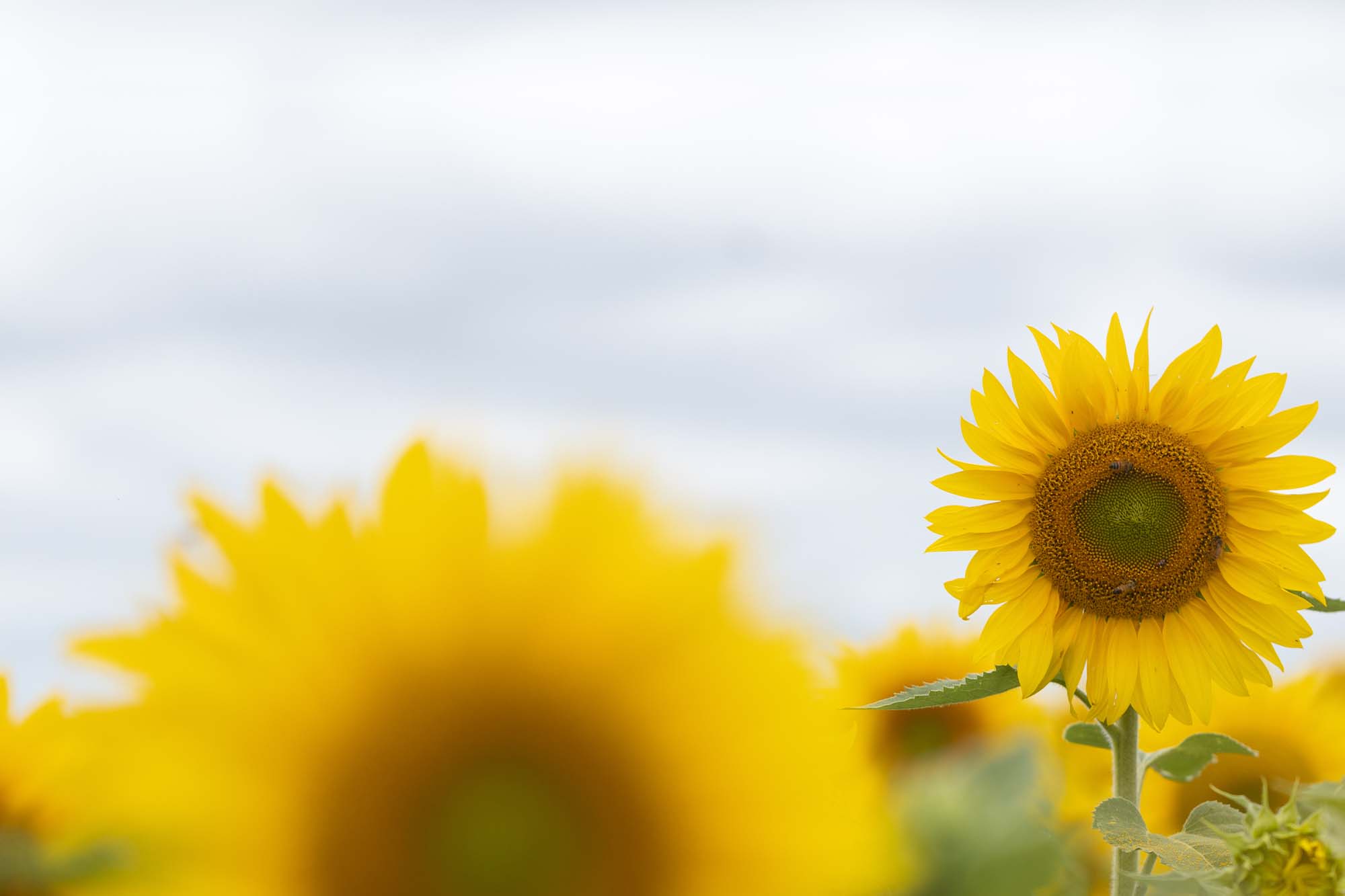Hibiscus are one of those rare beauties, that have beautiful vibrant flowers, luscious leaves and are a hardy favourite for Australian gardeners.
They are also one of the most diverse in flower colours, making them an ideal statement piece for any garden.
Appearance
They come in many sizes, from small and compact, to wall screening or even giant standalone shrubs.
Their colour range varies from simple pale pinks and whites to the most exquisite and vivid reds, pinks, blues, purples, and golds. Some are even multicoloured, two toned or striped. Every colour you can imagine, there is a hibiscus to suit. It is best to buy hibiscus when they are in flower, so you know exactly what colour you are getting.
The flowers are not only bright, but some have the potential to reach 15cm in diameter, these are also known as the dinnerplate varieties.
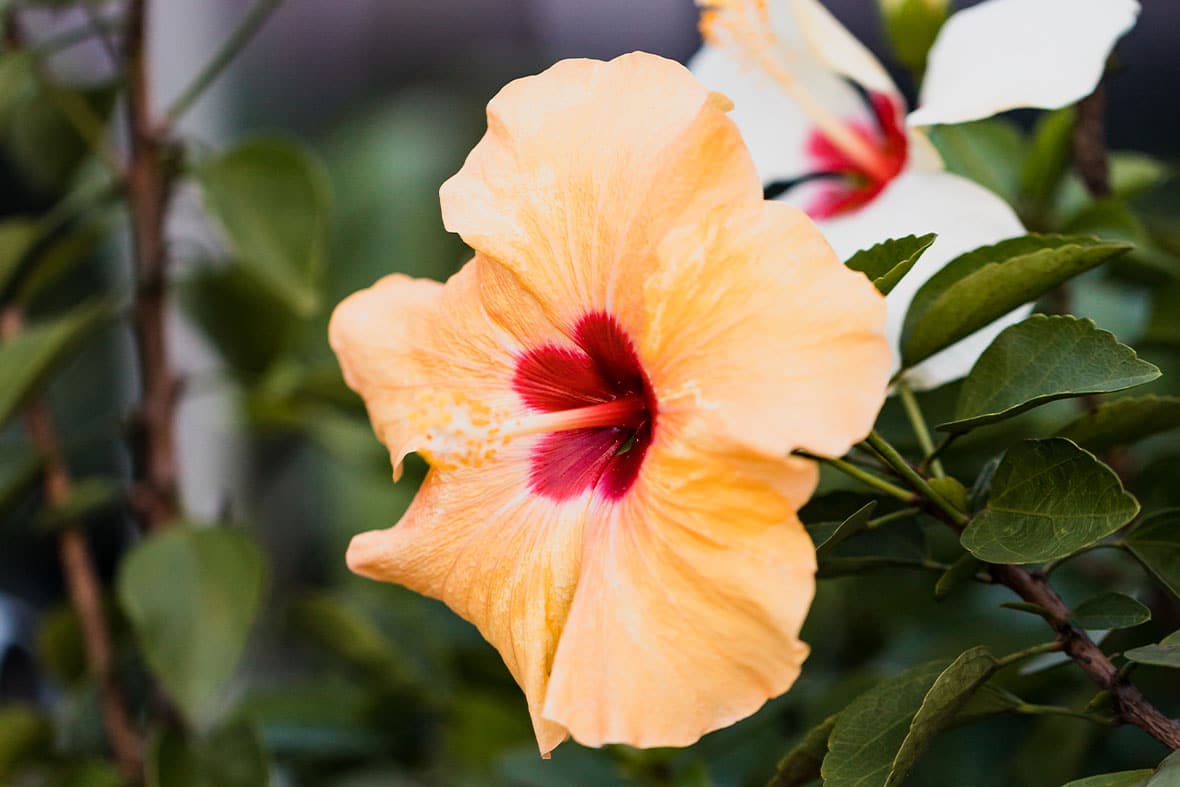
Where to grow Hibiscus
Hibiscus love full sun, and appreciate good quality, free draining soil. They can be kept in pots, used as hedging, or as a standalone shrub.
They exhibit lush foliage all year round, and display their magnificent flowers from early summer right through to winter.
Each hibiscus can vary greatly in their requirements, so it is always a good idea to keep the labels that come with them, for specific growing instructions. Or come in store and ask for our specialist advice, our team are always happy to help.
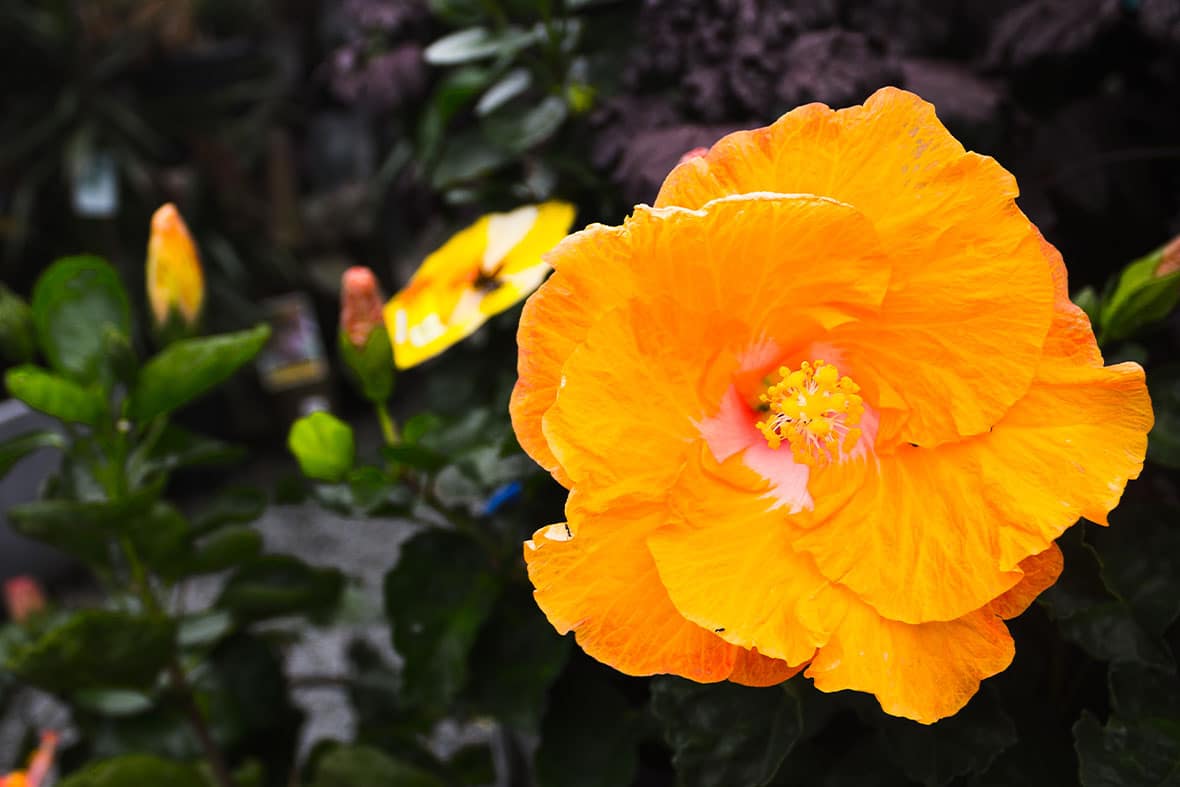
Pruning
Annual pruning is best left until September, as major growth will happen during October.
Tip pruning and shaping is recommended during this growing time as it will bush out the plant, creating lots of new shoots and in turn lots of new flowers, which is always a good thing.

Fertilising, Compost & Mulch
Hibiscus are heavy feeders and can benefit from the use of a rose slow-release fertiliser, such as Neutrog’s Sudden Impact for Roses. They also respond well to cow manure compost. We recommend using Rocky Point Cow Manure, which is also great to use on the rest of your garden.
Just like the rest of your plants, Hibiscus benefit from the addition of mulch around the base, especially in the warmer months, as it’s a great way to retain moisture.

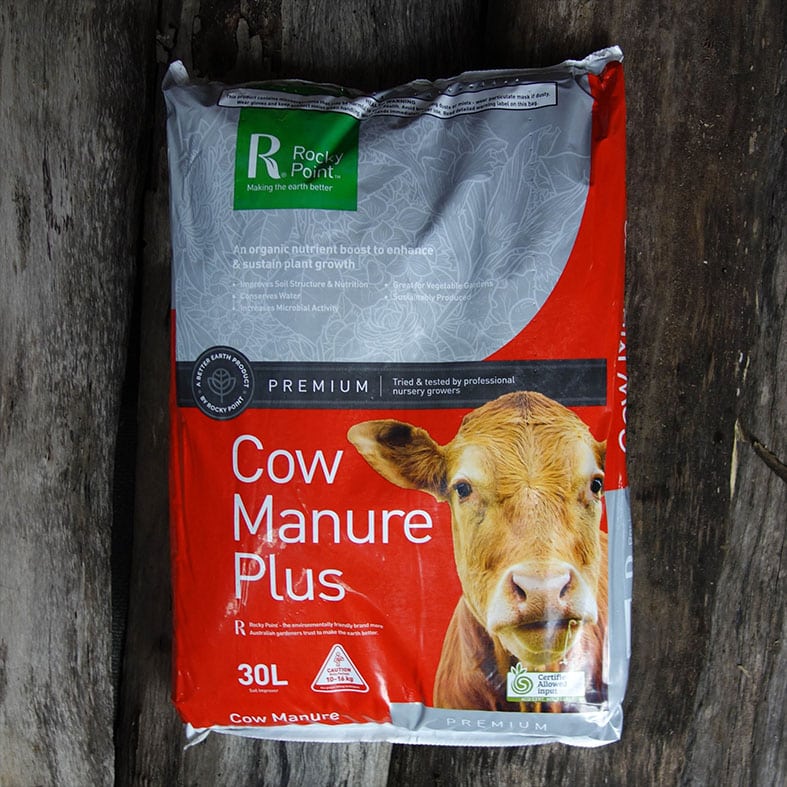
Pests and diseases
Hibiscus can be susceptible to a range of different pests including aphids, spider mites, thrip, mealy bug, caterpillars, grasshoppers and hibiscus beetle.
Aphids will likely be found on new growth or flower shoots. Keep a careful eye on them and know early intervention is the key for minimising damage. Aphids have many natural predators, but you may need to step in, if the infestation gets especially bad.
Caterpillars and grasshoppers are known to snack on the leaves of hibiscus. Check the leaves often for signs of damage, and act according if these pests are present.
If your flower buds begin to drop off before they’ve opened, this could be a sign of hibiscus beetle, as they feed on new flowers.
Hibiscus are also susceptible to rust, powdery mildew, black spot and root rot.
Come in store and chat to our staff, they will be able to help you diagnose any issues and show you how to treat them accordingly.
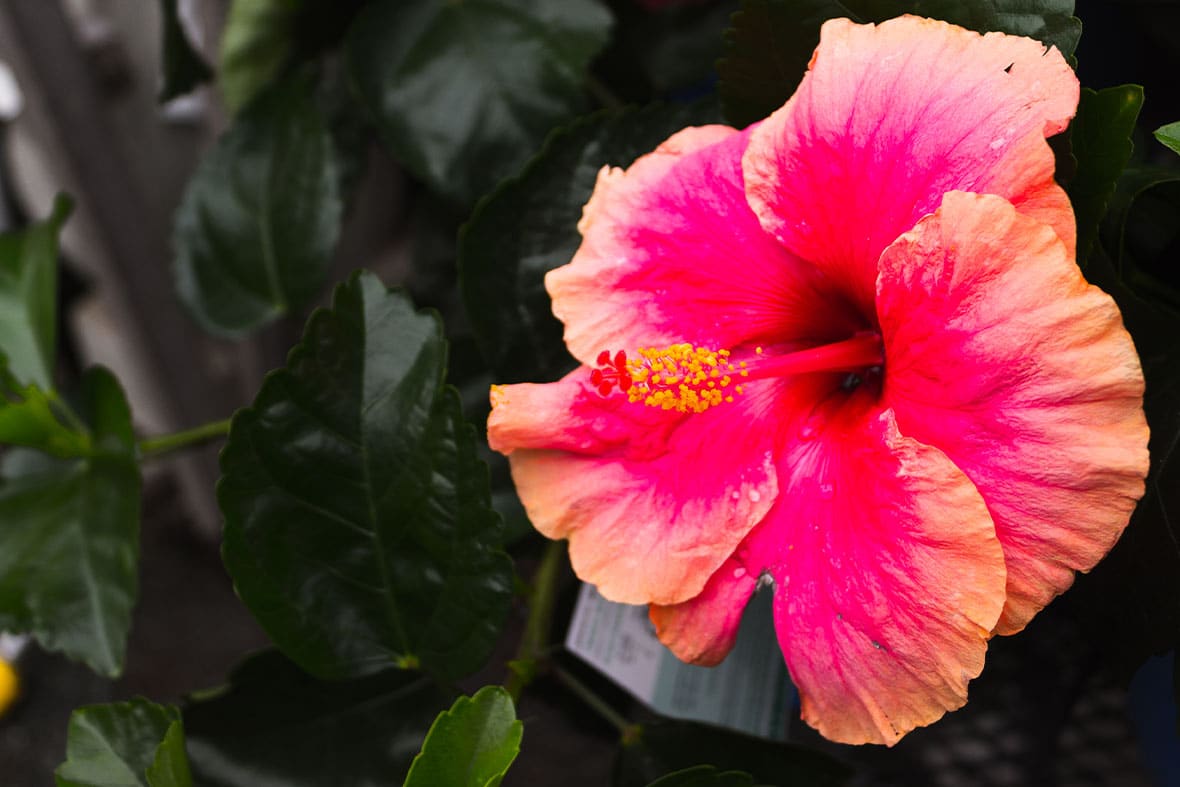
So, if you are trying to decide what to plant next, know that there is a hibiscus out there that is perfect for you.
Happy Gardening!


